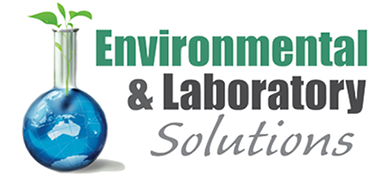What is crystalline silica?
Crystalline silica is a mineral present in products including shale, sandstone, concrete, bricks and manufactured stone. When these materials are cut, sanded or drilled, silica can be released into the air.
Common work industries that generate respirable silica dust include:
- Manufacturing of stone countertops;
- Brick, concrete or stone cutting;
- Abrasive blasting;
- Clay and stone processing machine operations;
- Paving and surfacing; and
- Mining, quarrying and mineral ore treating processes.
What does exposure to Respirable Crystalline Silica RCS) cause?
Inhalation of Respirable Crystalline Silica (RCS) can lead to silicosis – an irreversible lung disease caused by the scarring of lung tissue resulting in a loss of lung function.
Silicosis can develop or continue to progress even after exposure to RCS has stopped.
Responsibilities of the PCBU
PCBUs must ensure that no person at the workplace is exposed to a substance above its exposure standard and must reduce exposures so far as is reasonably practicable.
PCBUs must undertake personal exposure monitoring for substances with an exposure standard if they are not certain (on reasonable grounds) as to whether or not the exposure standard is exceeded.
A PCBU must review any control measures implemented, if a workplace exposure standard for a substance has been exceeded.
How can ELS help?
Our trained and experienced consultants can undertake monitoring for respirable crystalline silica at your work place and provide a clear, comprehensive report identifying worker exposure and effectiveness of controls to ensure your workers are not unnecessarily exposed to silica dust.
Exposure Standard
As of the July 1st 2020 Safe Work Australia has set a workplace exposure standard of:
- 0.05mg/m3 over an 8-hour eight-hour time weighted average.
Exposure Monitoring
Exposure monitoring is carried out by sampling the air a worker is breathing as they conduct a typical work shift. ELS use air battery operated air monitoring pumps with connected tube and dust sampling device called a cyclone, which is attached to the shirt on the shoulder, so that the cyclone sits within the workers breathing zone. The monitor collects air for a work shift, typically 6 – 8 hours, and the filter is then analysed at a NATA accredited lab for respirable dust.
How to reduce Silica Dust:
A combination of controls is usually necessary to control exposure. Wet processes and water suppression systems should be used to prevent dust generation and disbursement. Ventilation and good house-keeping can help to reduce exposure.
